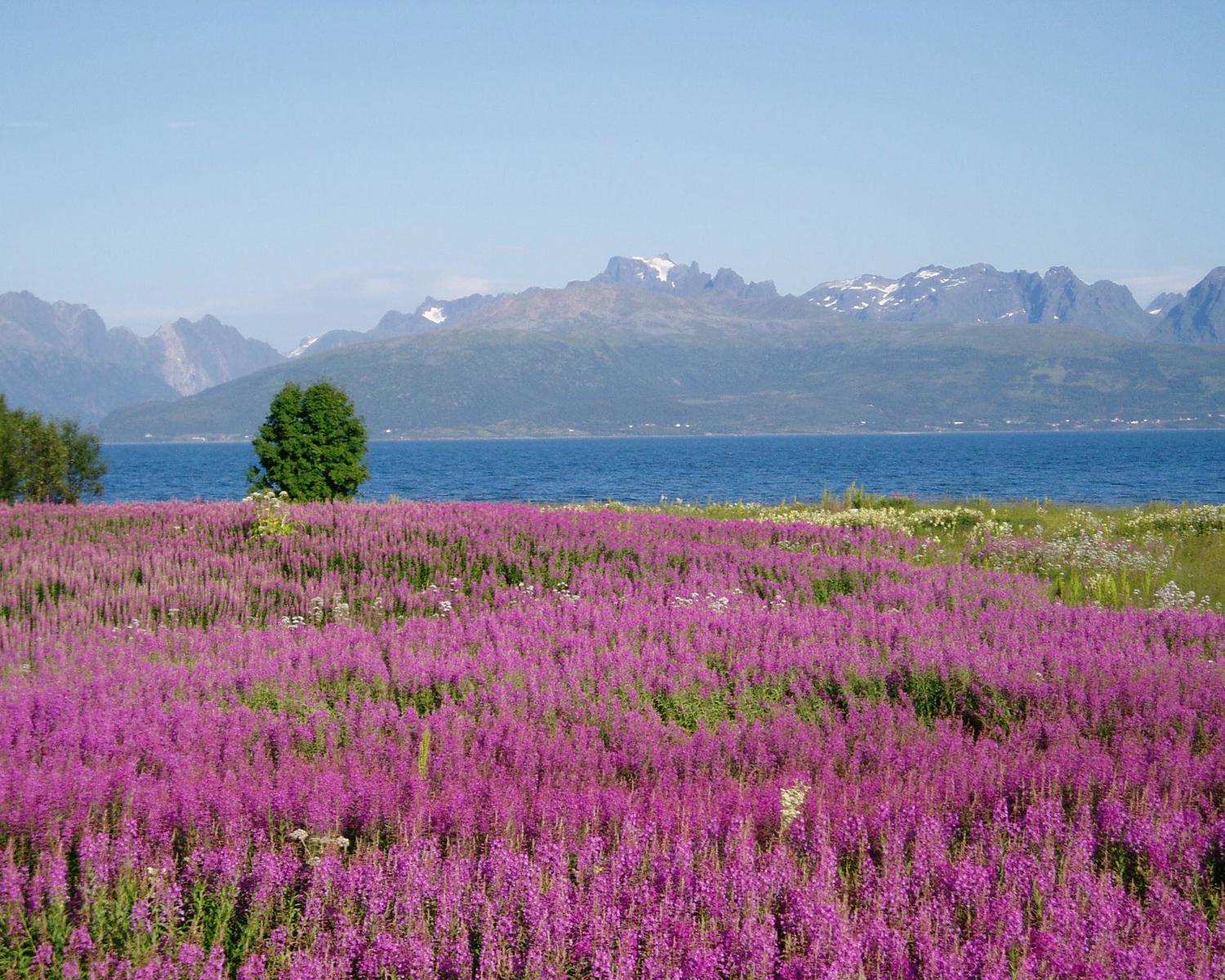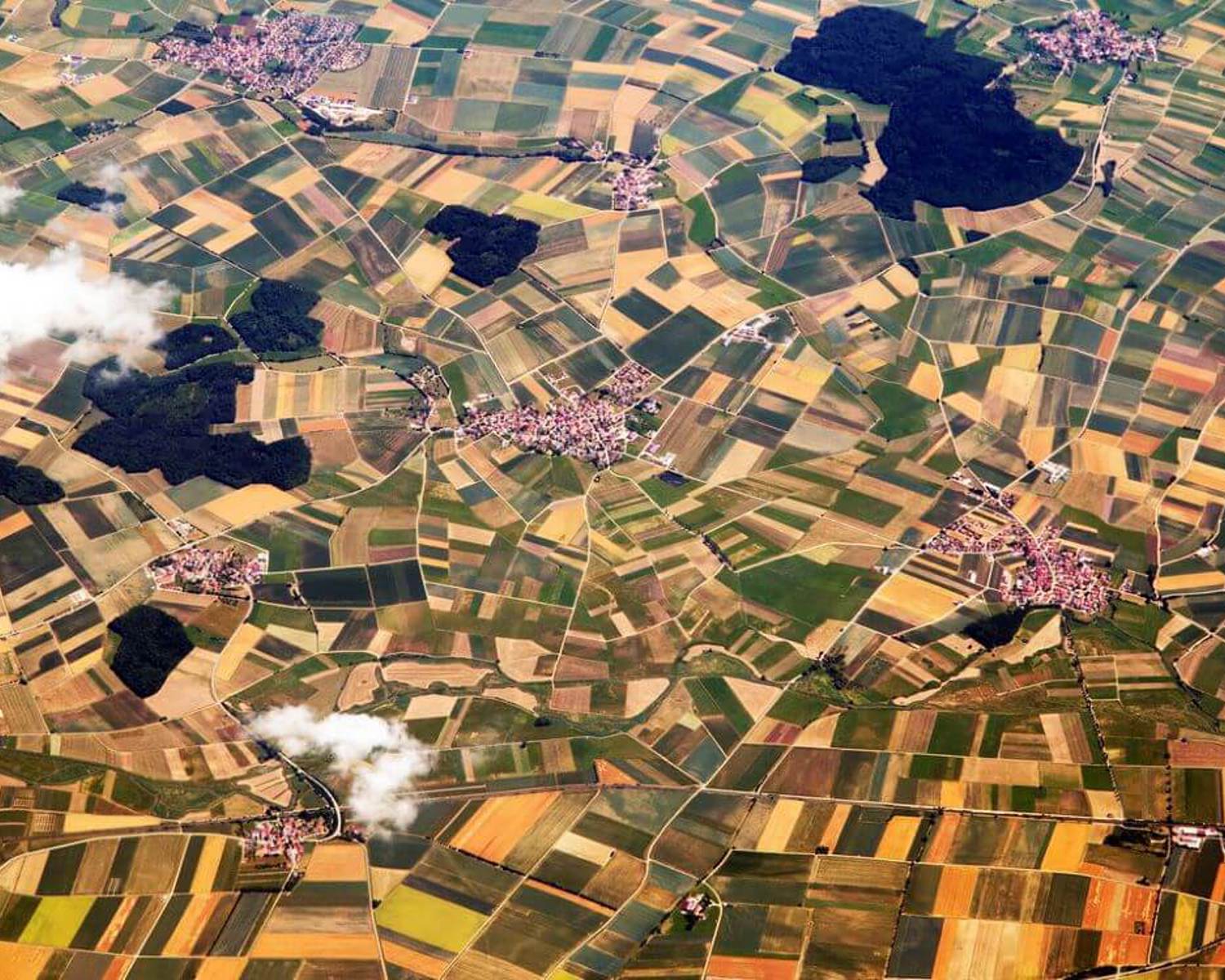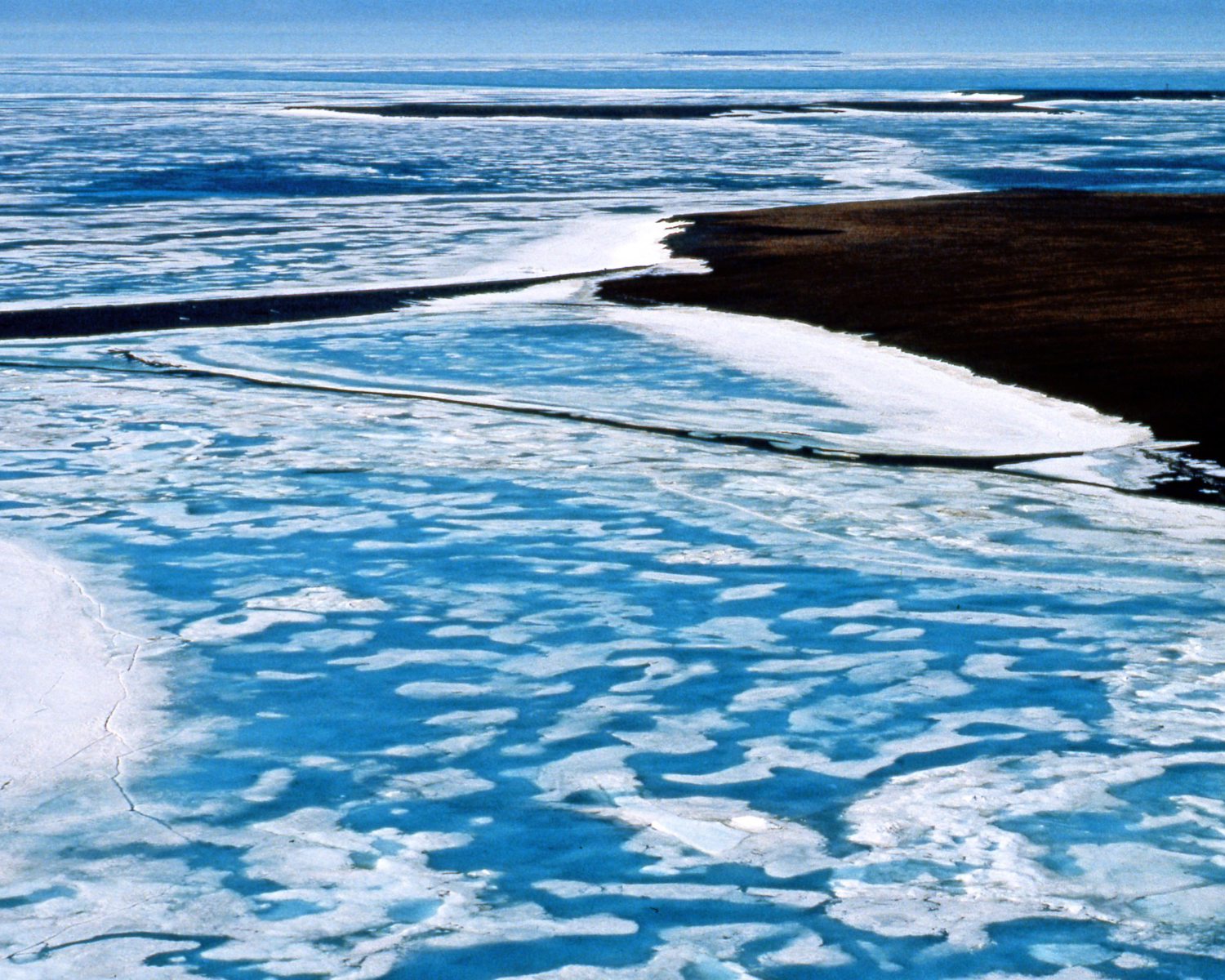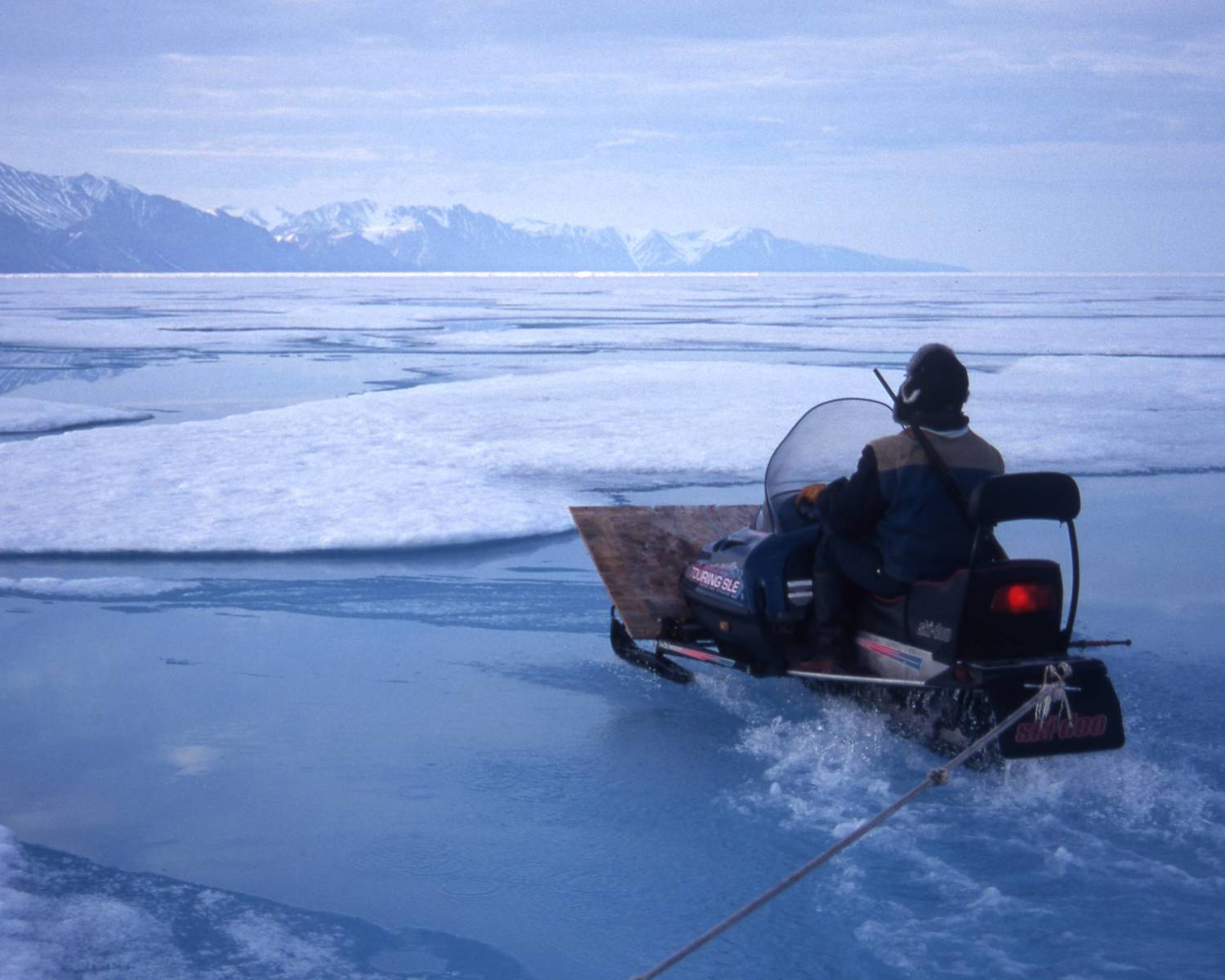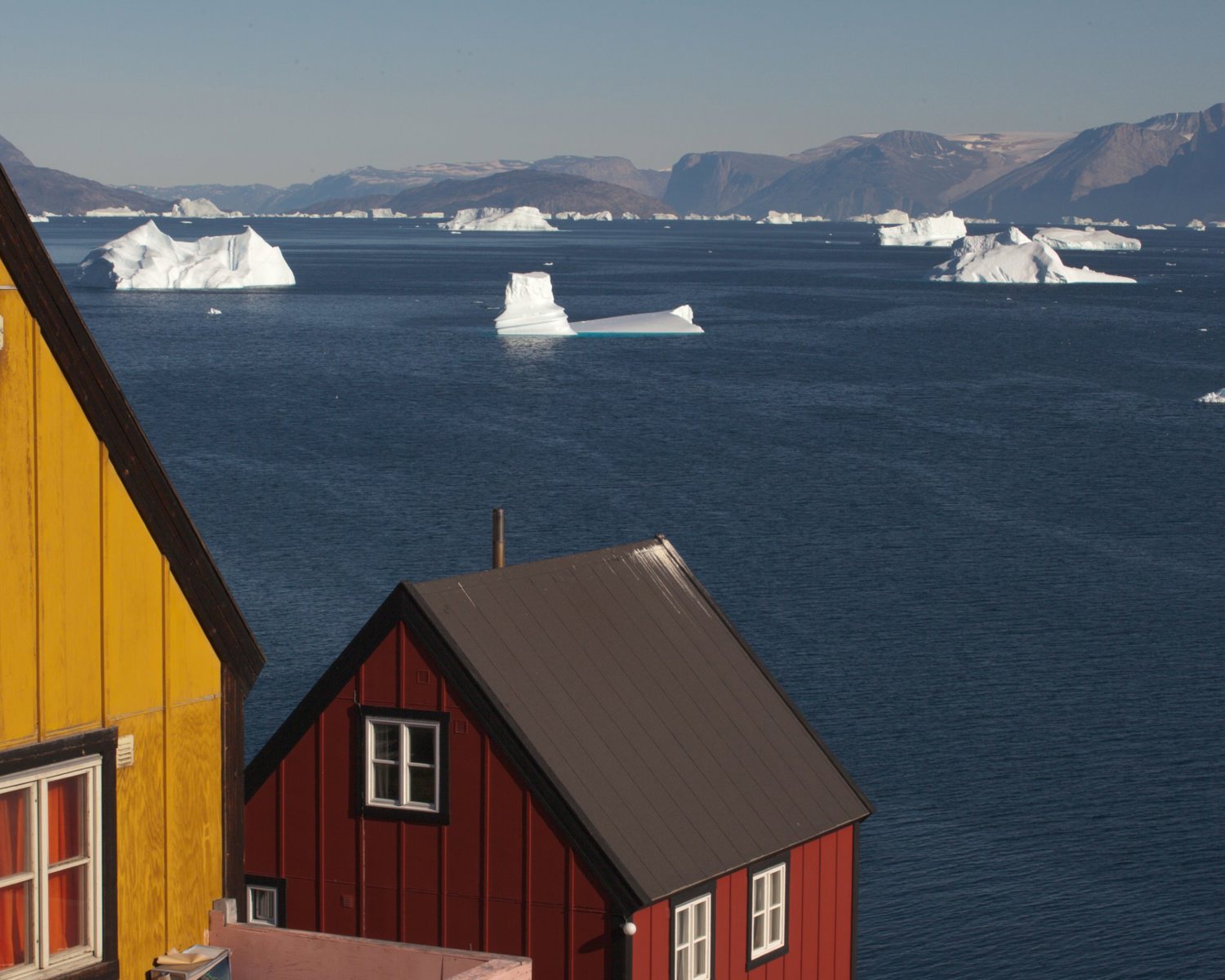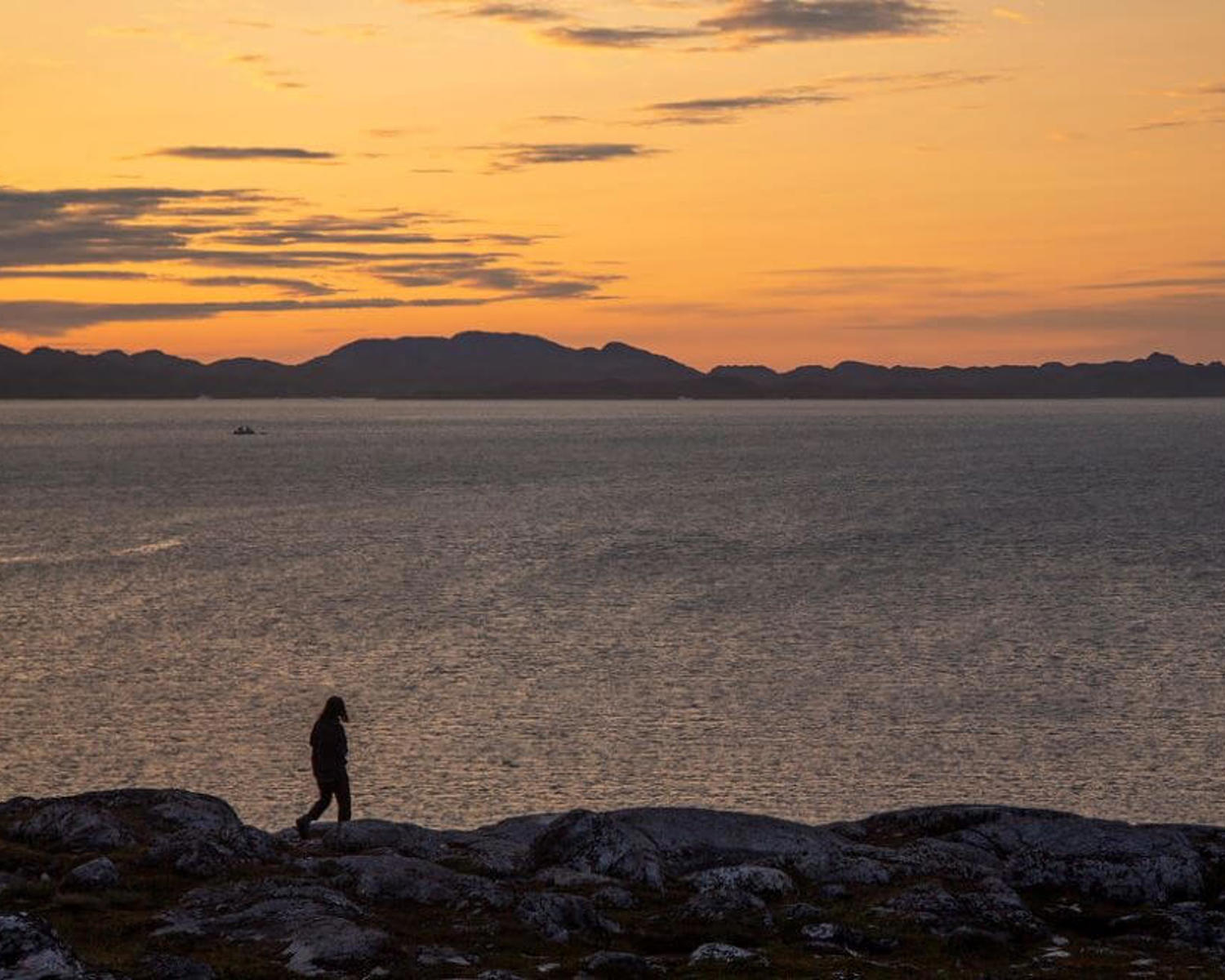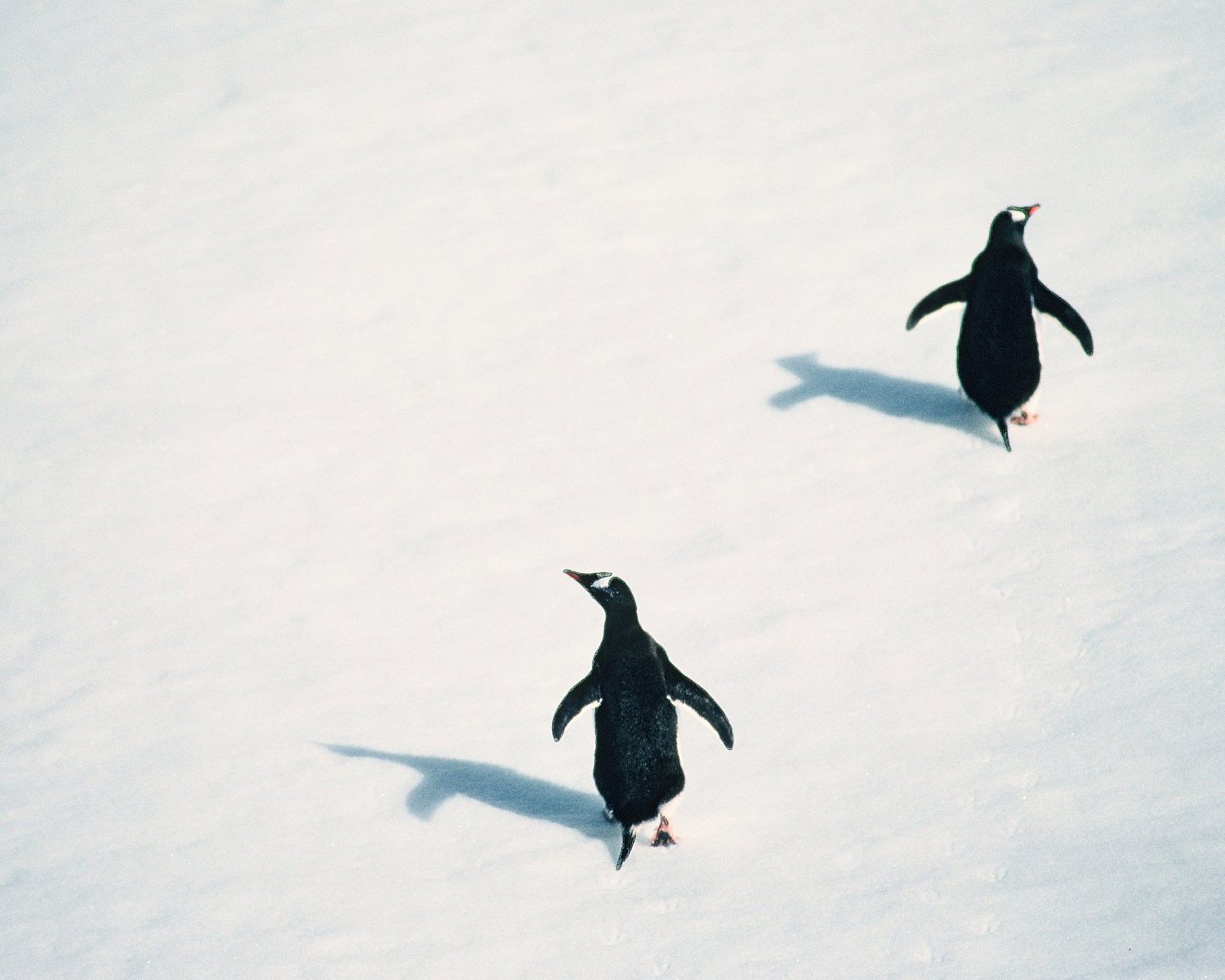Rewilding

Natural climate solutions like conservation or restoration can significantly contribute to climate change mitigation efforts (Griscom et al. 2017). One such category of natural climate solutions is re-wilding.
The concept is contested, with some scientists even suggesting doing away with the term altogether and replacing it with restoration (Hayward et al. 2019), but is generally used to refer to large scale projects to (re)introduce larger herbivores and predators to ecosystems. Several Re-wilding schemes in the Northern and Arctic region investigate whether it might be feasible and desirable to recreate elements of the environment as it existed during the Pleistocene, so-called Pleistocene re-wilding (Donlan et al. 2006), to preserve parts of the permafrost.
The main re-wilding project in the region is Pleistocene Park, which is located close to the Arctic ocean in the far north of Russia’s Sakha Republic (https://pleistocenepark.ru/). The Park is run by father and son Sergei and Nikita Zimov, and attempts to show the possibility to preserve permafrost, or slow its thaw, by Pleistocene re-wilding in an area that is mostly covered by boreal forest. Controlled experiments and observations at the Park have shown that the introduction of large animals has multiple beneficial climate effects, as it reduces soil temperatures leading to increased winter permafrost thickening, increases bio-productivity and encourages carbon storage, and increases albedo through shrub reduction (Zimov 2005; Fischer et al. 2022). Although it has to be noted that there are still debates on the ultimate effects of re-wilding in terms of ecosystem services in the region, for example with regards to side effects of the removal of shrubs by herbivores, which have also been found to be detrimental to permafrost stability (Nauta et al. 2015).
Analysis overview

Technological Readiness Level (TRL)
Medium 2
Technological Readiness Level (TRL)
A technology with a TRL of 4-6: TRL 4 – validated in lab; TRL 5 – validated in relevant environment; TRL 6 – demonstrated in relevant environment

Scalability
Low 1
Scalability
Physically unable to scale; sub-linear/logarithmic efficiency of scalability

Timeliness for near-future effects
Low 1
Timeliness for near-future effects
Implemented too late to make a significant difference

Northern + Arctic potential
High 3
Northern + Arctic potential
Very detectable impacts in the Arctic, above the global average; technology ideally/preferably located here

Global potential
Medium 2
Global potential
Statistically detectable impacts

Cost - benefit
Cost-effective 3
Cost - benefit
Low investment cost compared to the avoided damage cost (e.g., a few %) and/or inexpensive relative to other measures with similar impact

Environmental risks
Some risk 2
Environmental risks
More widespread and possibly regional impacts that extend beyond the immediate solution deployment location

Community impacts
Unknown 0

Ease of reversibility
Medium 2
Ease of reversibility
Possible with significant investment

Risk of termination shock
Low risk 3
Risk of termination shock
Low or insignificant termination shock or damage

Legality/governance
Possible 3
Legality/governance
Currently legal to deploy, with governance structures in place to facilitate it and/or financial incentives to develop it

Scientific/media attention
High 3
Scientific/media attention
Numerous scientific papers with substantial funding and ongoing research groups; significant media attention and "hype"; many companies exploring commercialization options
References
Josh Donlan, C., Berger, J., Bock, C. E., Bock, J. H., Burney, D. A., Estes, J. A., ... & Greene, H. W. (2006). Pleistocene rewilding: an optimistic agenda for twenty-first century conservation. The American Naturalist, 168(5), 660-681. https://doi.org/10.1086/508027
Dutchen, S, (2021), A Mammoth Solution Scientists look to extinct genes to protect endangered species, climate. Harvard Medical School News, November 12, 2021 https://hms.harvard.edu/news/mammoth-solution
Fischer, W., Thomas, C. K., Zimov, N., & Göckede, M. (2022). Grazing enhances carbon cycling but reduces methane emission during peak growing season in the Siberian Pleistocene Park tundra site. Biogeosciences, 19(6), 1611-1633. https://doi.org/10.5194/bg-19-1611-2022
Fraanje, W., & Garnett, T. (2022). Rewilding and its implications for agriculture. TABLE Explainer Series. TABLE, University of Oxford, Swedish University of Agricultural Sciences and Wageningen University and Research. https://doi.org/10.56661/2aa26681
Griscom, B. W., Adams, J., Ellis, P. W., Houghton, R. A., Lomax, G., Miteva, D. A., ... & Fargione, J. (2017). Natural climate solutions. Proceedings of the National Academy of Sciences, 114(44), 11645-11650. https://doi.org/10.1073/pnas.1710465114
Hayward, M. W., Scanlon, R. J., Callen, A., Howell, L. G., Klop-Toker, K. L., Di Blanco, Y., ... & Weise, F. J. (2019). Reintroducing rewilding to restoration–Rejecting the search for novelty. Biological conservation, 233, 255-259. https://doi.org/10.1016/j.biocon.2019.03.011
Koninx, F. (2019). Ecotourism and rewilding: The case of Swedish Lapland. Journal of Ecotourism, 18(4), 332-347. https://doi.org/10.1080/14724049.2018.1538227
Lucas, Z., & Enos, J. (2019). Modeling the Impact of the Pleistocene Park with System Dynamics. Proceedings of the Annual General Donald R. Keith Memorial Conference. West Point, New York, USA
May 2, 2019. A Regional Conference of the Society for Industrial and Systems Engineering. Available at: http://www.ieworldconference.org/content/WP2019/Papers/GDRKMCC-19_26.pdf [Accessed 19 July 2024]
Macias-Fauria, M., Jepson, P., Zimov, N., & Malhi, Y. (2020). Pleistocene Arctic megafaunal ecological engineering as a natural climate solution?. Philosophical Transactions of the Royal Society B, 375(1794), 20190122. https://doi.org/10.1098/rstb.2019.0122
Miner, K. R., Turetsky, M. R., Malina, E., Bartsch, A., Tamminen, J., McGuire, A. D., ... & Miller, C. E. (2022). Permafrost carbon emissions in a changing Arctic. Nature Reviews Earth & Environment, 3(1), 55-67. https://doi.org/10.1038/s43017-021-00230-3
Nauta, A., Heijmans, M., Blok, D. et al. Permafrost collapse after shrub removal shifts tundra ecosystem to a methane source. Nature Clim Change 5, 67–70 (2015). https://doi.org/10.1038/nclimate2446
Olofsson Johan and Post Eric 2018 Effects of large herbivores on tundra vegetation in a changing climate, and implications for rewilding Phil. Trans. R. Soc. B3732017043720170437. https://doi.org/10.1098/rstb.2017.0437
Popov, I. (2020). The current state of Pleistocene Park, Russia (An experiment in the restoration of megafauna in a boreal environment). The Holocene, 30(10), 1471-1473. https://doi.org/10.1177/0959683620932975
Rubenstein, D. R., Rubenstein, D. I., Sherman, P. W., & Gavin, T. A. (2006). Pleistocene Park: Does re-wilding North America represent sound conservation for the 21st century?. Biological Conservation, 132(2), 232-238. https://doi.org/10.1016/j.biocon.2006.04.003
Sandler, R. (2014). The ethics of reviving long extinct species. Conservation Biology, 28(2), 354-360.https://doi.org/10.1111/cobi.12198
Schuur E et al.2015 Climate change and the permafrost carbon feedback. Nature 520, 171-179. https://doi.org/10.1038/nature14338
Turetsky, M. R., Abbott, B. W., Jones, M. C., Anthony, K. W., Olefeldt, D., Schuur, E. A., ... & McGuire, A. D. (2020). Carbon release through abrupt permafrost thaw. Nature Geoscience, 13(2), 138-143. https://doi.org/10.1038/s41561-019-0526-0
Zimov, S. A. (2005). Pleistocene park: return of the mammoth's ecosystem. Science, 308(5723), 796-798. https://doi.org/10.1126/science.1113442

